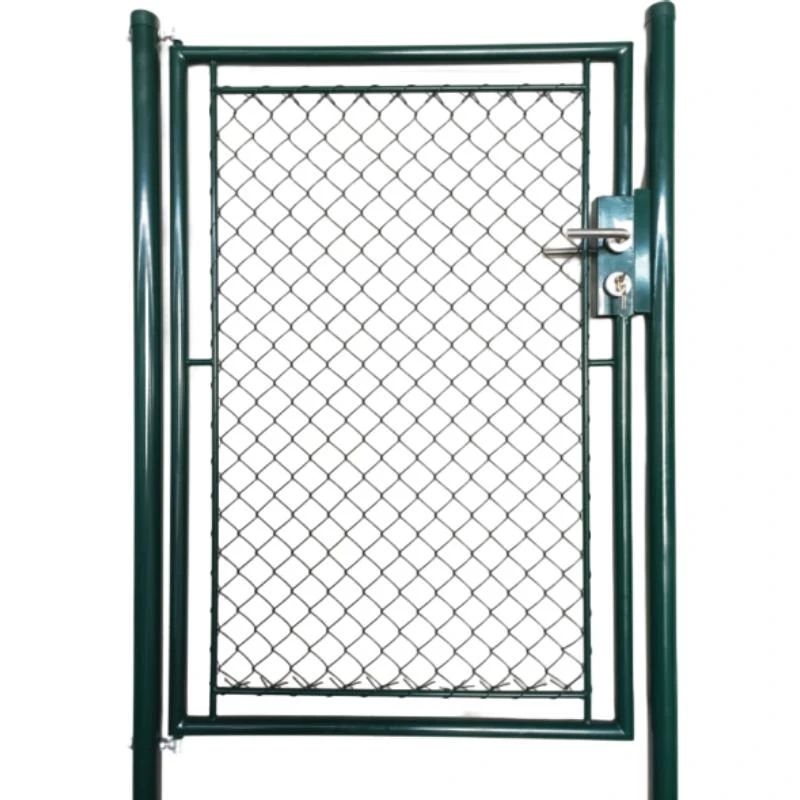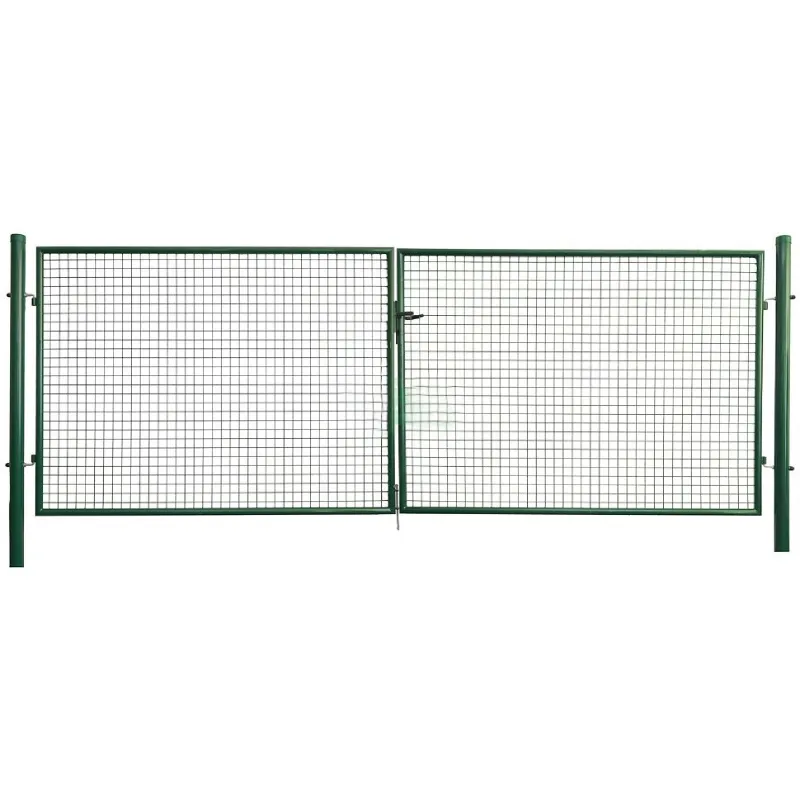-
Email:zhao@hyliec.cn
-
Tel:+86 311 85273988
-
WhatsAPP:8613931128750
-
 efrîkanî
efrîkanî -
 Albanî
Albanî -
 Amharîkî
Amharîkî -
 Erebî
Erebî -
 Ermenî
Ermenî -
 Azerî
Azerî -
 Baskî
Baskî -
 Belarûsî
Belarûsî -
 Bengalî
Bengalî -
 Bosnayî
Bosnayî -
 Bûlgarî
Bûlgarî -
 Katalanî
Katalanî -
 Cebuano
Cebuano -
 Korsîkayî
Korsîkayî -
 Xirwatî
Xirwatî -
 Çekî
Çekî -
 Danîmarkî
Danîmarkî -
 Holandî
Holandî -
 Îngilîzî
Îngilîzî -
 Esperanto
Esperanto -
 Estonî
Estonî -
 Fînlandî
Fînlandî -
 Fransî
Fransî -
 frîzî
frîzî -
 Galîsyayî
Galîsyayî -
 Gurcî
Gurcî -
 Almanî
Almanî -
 Yewnanî
Yewnanî -
 Gujaratî
Gujaratî -
 Kreoliya Haîtiyî
Kreoliya Haîtiyî -
 Hausa
Hausa -
 Hawaiyî
Hawaiyî -
 Îbranî
Îbranî -
 Nexêr
Nexêr -
 Miao
Miao -
 Macarî
Macarî -
 Îzlandî
Îzlandî -
 igbo
igbo -
 Îndonezî
Îndonezî -
 Irlandî
Irlandî -
 Îtalî
Îtalî -
 Japonî
Japonî -
 Javanesî
Javanesî -
 Kanadayî
Kanadayî -
 Qazakî
Qazakî -
 Khmer
Khmer -
 Rwandan
Rwandan -
 Koreyî
Koreyî -
 Kurdî
Kurdî -
 Qirgizî
Qirgizî -
 TB
TB -
 Latînî
Latînî -
 Letonî
Letonî -
 Lîtvanyayî
Lîtvanyayî -
 Luksembûrgî
Luksembûrgî -
 Makedonî
Makedonî -
 Malgashi
Malgashi -
 Malayî
Malayî -
 Malayalamî
Malayalamî -
 Maltezî
Maltezî -
 Maorîyî
Maorîyî -
 Maratî
Maratî -
 Moxolî
Moxolî -
 Mîyanmar
Mîyanmar -
 Nepalî
Nepalî -
 Norwêcî
Norwêcî -
 Norwêcî
Norwêcî -
 Occitan
Occitan -
 Peştûyî
Peştûyî -
 Farsî
Farsî -
 Polandî
Polandî -
 Portekizî
Portekizî -
 Pencabî
Pencabî -
 Romanyayî
Romanyayî -
 Rûsî
Rûsî -
 Samoan
Samoan -
 Scottish Gaelic
Scottish Gaelic -
 Sirbî
Sirbî -
 Îngilîzî
Îngilîzî -
 Shona
Shona -
 Sindî
Sindî -
 Sinhala
Sinhala -
 Slovakî
Slovakî -
 Slovenî
Slovenî -
 Somalîkî
Somalîkî -
 Îspanyolî
Îspanyolî -
 Sundanese
Sundanese -
 Swahîlîyî
Swahîlîyî -
 Swêdî
Swêdî -
 Tagalogî
Tagalogî -
 Tajik
Tajik -
 Tamîlî
Tamîlî -
 Tatar
Tatar -
 Teluguyî
Teluguyî -
 Thayîkî
Thayîkî -
 Tirkî
Tirkî -
 Tirkmenî
Tirkmenî -
 Ûkraynî
Ûkraynî -
 Ûrdûyî
Ûrdûyî -
 Uyghur
Uyghur -
 Ozbekî
Ozbekî -
 Vîetnamî
Vîetnamî -
 Galerkî
Galerkî -
 Alîkarî
Alîkarî -
 Yîddîşî
Yîddîşî -
 Yorûbayî
Yorûbayî -
 Zulu
Zulu
Garden Gates
Cheap Garden Gates For Sale
You can find cheap garden gates for sale at various home improvement stores, online retailers, and local hardware shops. Consider looking for sales, clearance items, or second-hand options to find affordable garden gates that meet your needs. Additionally, exploring different types and sizes can help you find cost-effective solutions for your garden gate. Be sure to compare prices, quality, and reviews to make an informed decision.
Garden Gate Construction
1. Planning: Determine the location and dimensions of the gate, considering the width of the pathway or opening. Decide on the type of gate, such as a single or double gate, and the materials to be used.
2. Materials: Select the appropriate types and sizes for the gate, such as round tube gates or square tube gates, single wing gates or double wings gates, ensure to meet requirements of maximum.
3. Frame assembly: Construct the frame of the gate using the chosen types and sizes . This may involve cutting and assembling the frame pieces, ensuring that they are square and level.
4. Adding infill: Depending on the design, add infill materials such as pickets, panels, or mesh to the gate frame. Secure the infill materials to the frame using appropriate fasteners.
5. Hardware installation: Install hinges, latches, and any additional hardware required for the gate to function properly. Ensure that the hardware is durable and suitable for outdoor use.
6. Finishing touches: Sand the gate to smooth any rough edges and apply a protective finish or paint to enhance its durability and appearance.
7. Installation: Once the gate is constructed, install it in the desired location, ensuring that it swings freely and latches securely.
It's important to follow any local building codes or regulations when constructing a garden gate, especially if it will be used as a boundary or security feature. If you're unsure about the construction process, consider consulting with a professional or seeking guidance from experienced individuals.





